Neuroscience of Addiction
Introduction
Addiction is a complex condition, a brain disease that is manifested by compulsive substance use despite harmful consequence. People with addiction (severe substance use disorder) have an intense focus on using a certain substance(s), such as alcohol or drugs, to the point that it takes over their life. The neuroscience of addiction involves the study of the neural mechanisms of addiction in order to understand the complex interplay between the brain, behavior, and addictive substances.
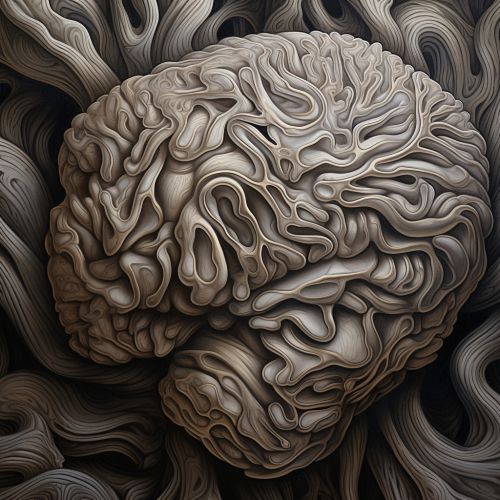
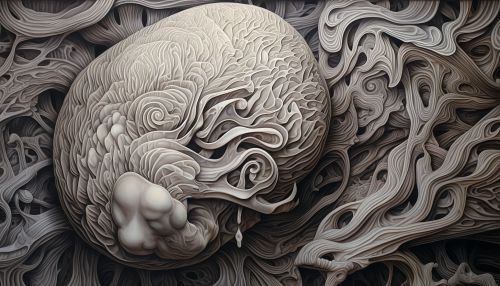
Neurobiology of Addiction
Addiction is a disease that affects the brain and behavior. When you're addicted to drugs, you can't resist the urge to use them, no matter how much harm the drugs may cause. The changes in the brain caused by repeated drug abuse can affect a person's self-control and ability to make sound decisions, and at the same time send intense impulses to take drugs. This section will delve into the neurobiology of addiction, discussing the neurotransmitters involved, the brain regions affected, and the changes in neural circuits that lead to addictive behaviors.
Neurotransmitters and Addiction
Neurotransmitters are chemicals that transmit signals from a neuron to a target cell across a synapse. They play a crucial role in the functioning of the central nervous system and have a significant impact on the process of addiction. The primary neurotransmitters involved in addiction are dopamine, glutamate, and GABA.
Dopamine is a neurotransmitter that plays several important roles in the brain and body. It is often called the "feel-good" neurotransmitter because it is involved in reward, motivation, and pleasure. In the context of addiction, dopamine is released in large amounts when an individual takes a drug, leading to feelings of pleasure and reward. This reinforces the behavior and makes the individual want to repeat it.
Glutamate is the most abundant neurotransmitter in the brain and is involved in cognitive functions such as learning and memory. In addiction, glutamate pathways are altered, and this can lead to cravings and the compulsion to use drugs.
GABA (gamma-aminobutyric acid) is the primary inhibitory neurotransmitter in the brain. It works to slow down brain activity. Drugs of abuse often increase GABA activity, leading to feelings of calm and relaxation.
Brain Regions and Addiction
Several brain regions are involved in addiction, including the basal ganglia, the extended amygdala, and the prefrontal cortex.
The basal ganglia play a crucial role in the rewarding effects of drug use and the formation of habitual drug taking. The extended amygdala is involved in stress and the negative feelings associated with drug withdrawal. The prefrontal cortex is involved in decision making, impulse control, and self-regulation. In addiction, the functioning of the prefrontal cortex is impaired, leading to a decrease in an individual's ability to control their drug use.
Neural Circuits and Addiction
Addiction involves changes in neural circuits, particularly those involved in reward, stress, and self-control. The repeated use of drugs can alter these circuits, leading to a cycle of addiction where an individual seeks out drugs despite negative consequences, experiences intense cravings and withdrawal symptoms when not using drugs, and has a decreased ability to control their drug use.
Genetic Factors in Addiction
Research has shown that genetic factors play a significant role in addiction. It is estimated that genetics accounts for about half of a person's risk for addiction. This section will discuss the genetic factors that contribute to addiction, including specific genes that have been implicated and the role of epigenetics.

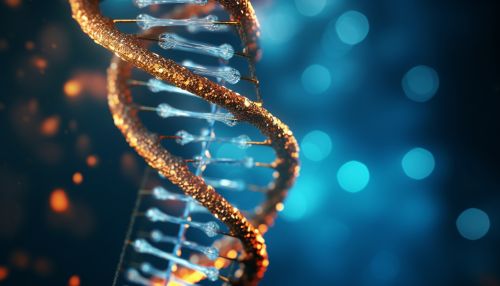
Genes and Addiction
Several genes have been implicated in addiction. These genes often influence the way that an individual responds to a drug, the effects that the drug has on their brain, and their likelihood of becoming addicted. For example, variations in the genes that code for the dopamine receptor D2 have been linked to addiction. Individuals with these variations may have fewer dopamine receptors in their brain, which can lead to a reduced sense of reward and an increased likelihood of drug use.
Epigenetics and Addiction
Epigenetics refers to changes in gene expression that are not caused by changes in the DNA sequence. These changes can be caused by environmental factors, including drug use. Epigenetic changes can lead to long-lasting changes in the brain that contribute to the chronic nature of addiction. For example, drug use can lead to changes in the expression of genes involved in the reward system, making an individual more susceptible to addiction.
Treatment of Addiction
The treatment of addiction is a complex process that often involves a combination of medication, behavioral therapy, and support. This section will discuss the neuroscience of addiction treatment, including the use of medication to target the brain's reward system, the role of behavioral therapy in changing neural circuits, and the importance of support in recovery.
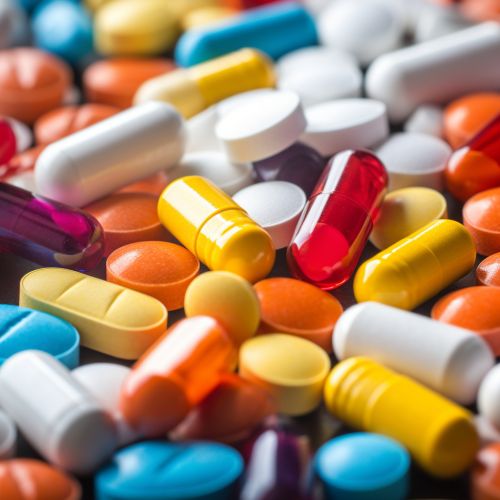
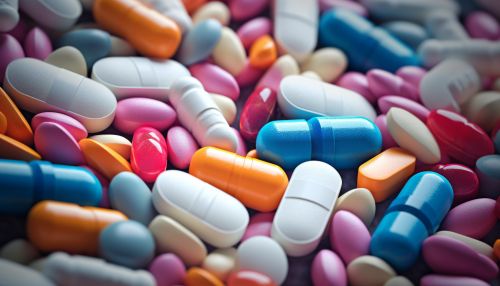
Medication and Addiction Treatment
Medication can be an effective component of addiction treatment. Medications can help to normalize brain function, reduce cravings, and prevent relapse. For example, medications such as buprenorphine and methadone work by binding to the same opioid receptors in the brain as opioids, reducing cravings and withdrawal symptoms. Other medications, such as naltrexone, block the effects of opioids in the brain, preventing the feelings of reward that come from using the drug.
Behavioral Therapy and Addiction Treatment
Behavioral therapy can help individuals with addiction to change their behavior and attitudes towards drug use, increase healthy life skills, and persist with other forms of treatment, such as medication. Cognitive-behavioral therapy, for example, can help individuals to recognize, avoid, and cope with situations in which they are most likely to use drugs. This can lead to changes in the neural circuits involved in reward and self-control, helping to break the cycle of addiction.
Support and Addiction Treatment
Support is a crucial component of addiction treatment. This can come in many forms, including support from family and friends, support groups, and professional counseling. Support can help individuals with addiction to stay motivated, provide them with strategies to cope with cravings, and offer encouragement during difficult times. The social interaction and emotional support provided by these sources can have a positive impact on the brain and behavior, aiding in recovery.
Conclusion
The neuroscience of addiction is a complex and rapidly evolving field. It involves the study of the brain, behavior, and addictive substances in order to understand the mechanisms of addiction and develop effective treatments. While much progress has been made, there is still much to learn about the neuroscience of addiction. Continued research in this field is crucial for improving our understanding of addiction and developing more effective treatments.
